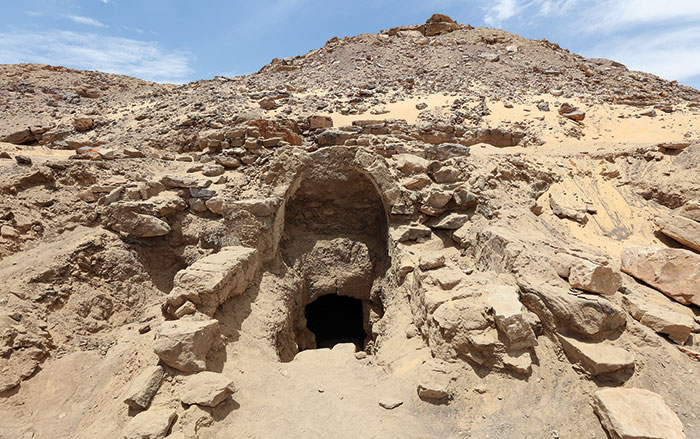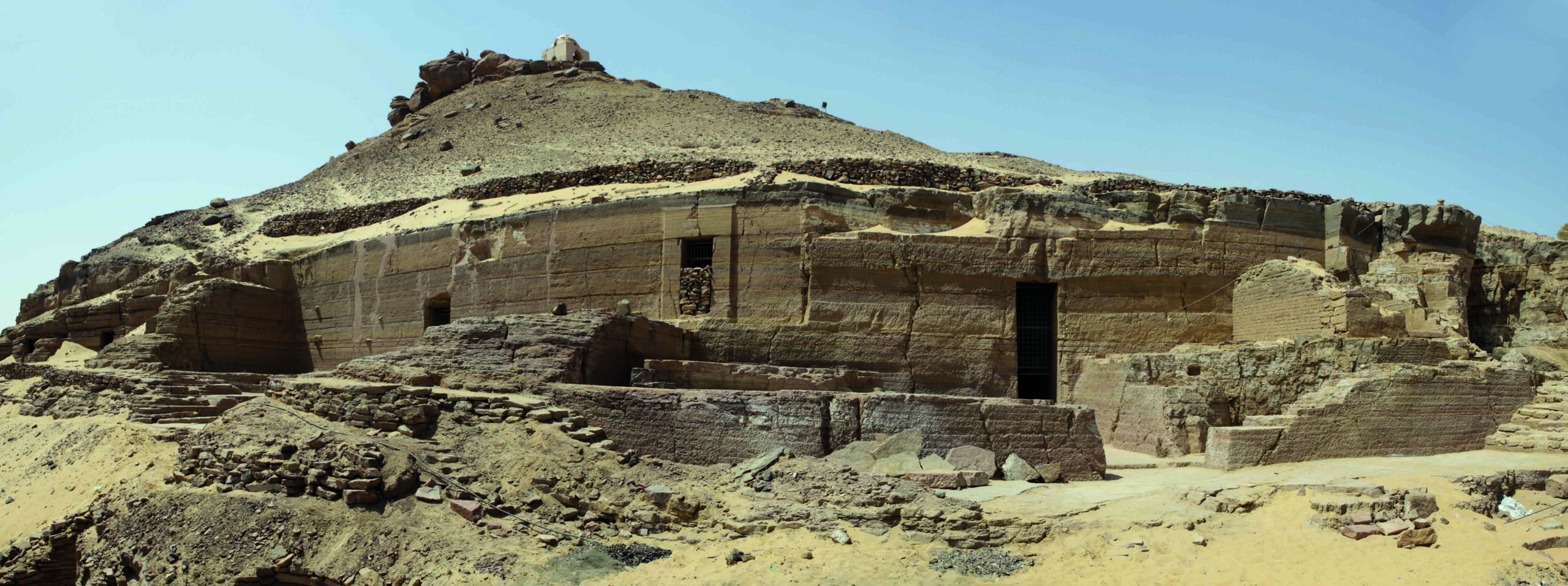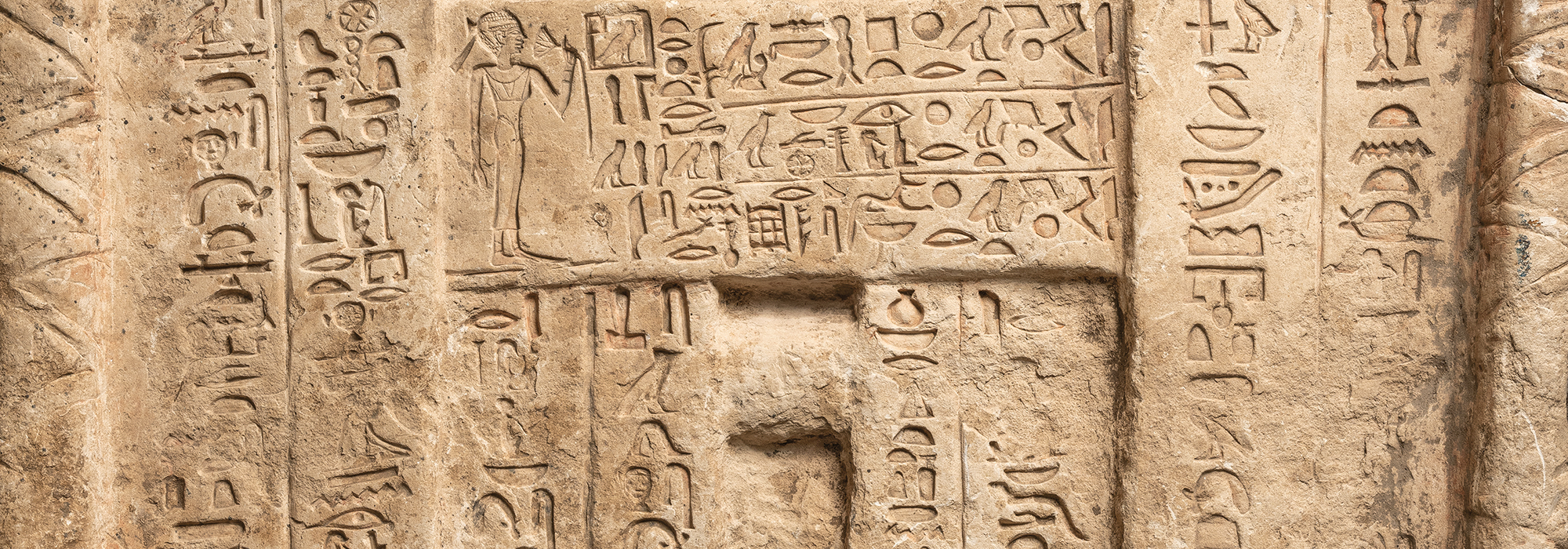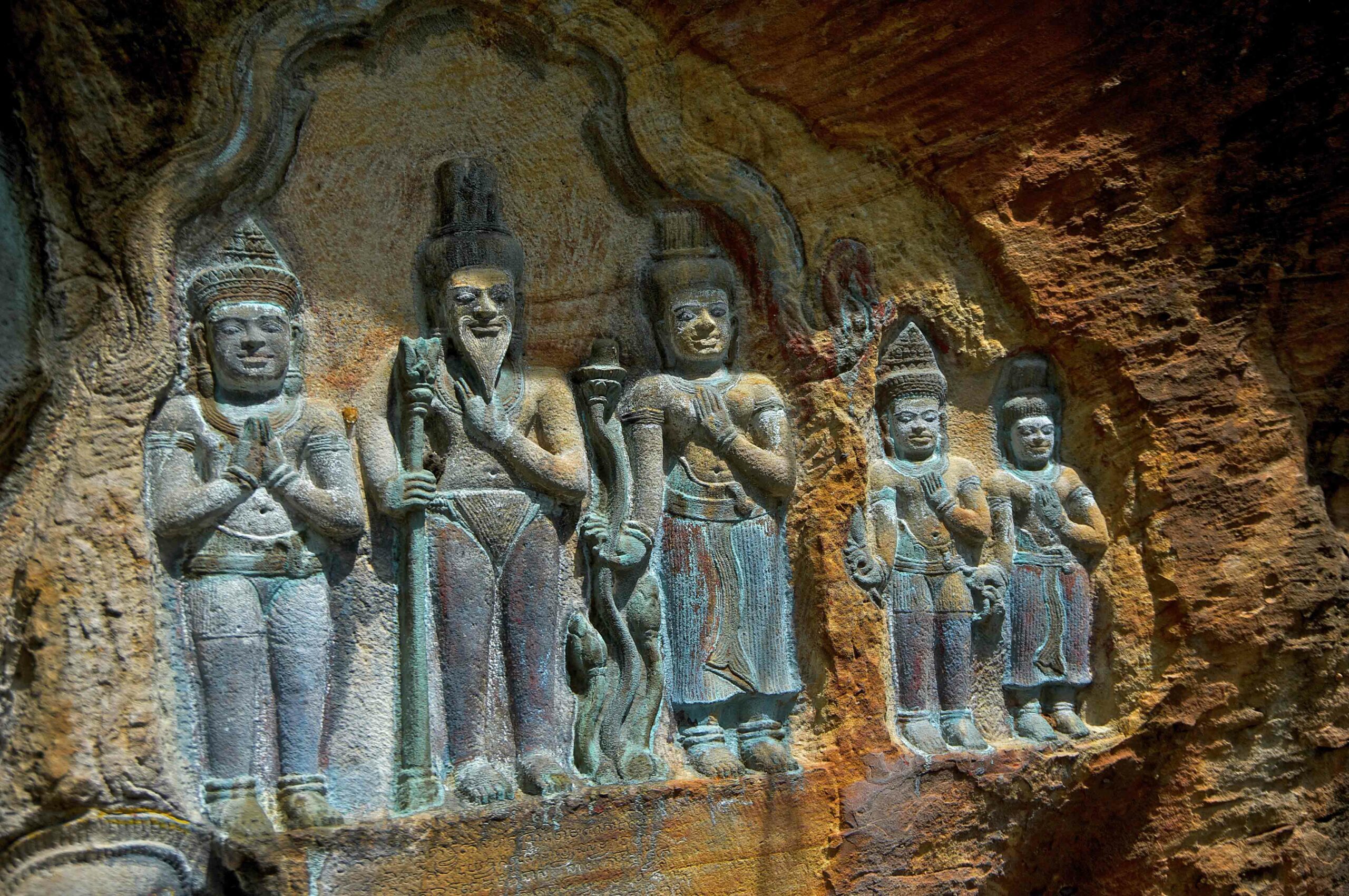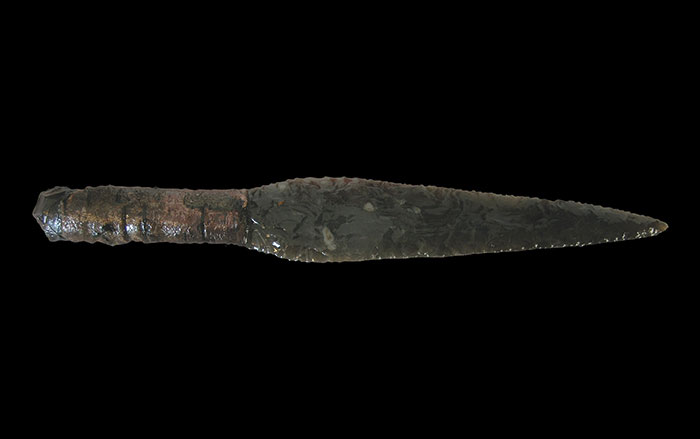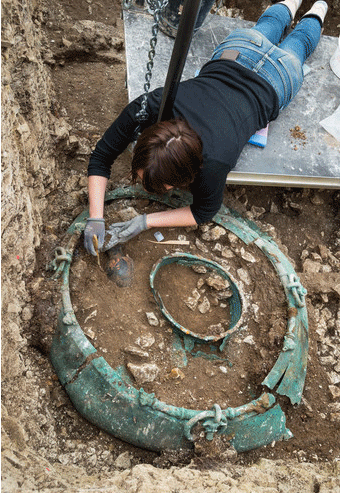
LAVAU, FRANCE—A tomb dating to the fifth century B.C. has been discovered in eastern France. “It is probably a local Celtic prince,” Dominique Garcia, president of France’s National Institute for Preventive Archaeological Research (INRAP), told The Connexion. Within the burial mound, his team has found a large cauldron decorated with the head of the horned Greek river god Acheleos that may have been made by Etruscan or Greek craftsmen. A Greek wine pitcher trimmed with gold depicts Dionysos, the god of wine, with a woman. Garcia says that the artifacts “are evidence of the exchanges that happened between the Mediterranean and the Celts.” At the time, the Mediterranean city of Marseille, in southern France, was a Greek settlement. The burial chamber, which also holds the remains of the deceased and his chariot, is one of the largest recorded for the period. To read about Iron Age Celtic rituals, see "Celtic Sacrifice."


